ESTONIA BIG PREDATOR TOUR
Photographic journey on the trail of the great predators of the far north.
from 0 review
Photographic journey on the trail of the great predators of the far north.
Join Estonia Big Predator Tour, for a fantastc wildlife photography experience!
This autumn tour has 3 big target species – Eurasian Lynx, Brown Bear, and Grey Wolf. We will look for these animals in 3 different wilderness areas – West Estonia, Lahemaa National Park, and the Alutaguse area. The latter is also where we spend a night in a Brown Bear hide.
In autumn, bears are trying to fatten up for the forthcoming winter hibernation and actively roam around the forests searching for food. From the hide, we’ll also hope to spot Raccoon Dogs, who similarly to bears are opportunistic omnivores and actively look for food through most of the day.
For the Eurasian Lynx we look mostly during the late afternoon, evening, and night with a thermal scope, so there will be a lot of driving to cover as much ground as possible. During different periods, Estonia has been the country with the highest lynx population density and the local individuals are one of the largest in the world. Its’ main prey – Roe Deer, is doing better year after and so is the local lynx population.
For the Grey Wolf, we will go to the western part of the country, where the wolf packs have been stable and present for many years now. Wolf cubs are becoming more and more independent and quiet autumn nights are the best time to hear them howl together with the pack. Due to their curiosity and confidence in the darkness, we might also have a chance of spotting them. During the daytime, we will rest or go on short birdwatching trips to clear our heads and enjoy the magic of autumn.
Although our main targets will be the 3 big predators, we’ll have good chances of spotting Raccoon Dogs, Elk, Red Foxes, and Pine Marten. October is also a greattime for spotting owls (Pygmy and Ural), Capercaillie, Black Grouse, Hazel Grouse, and woodpeckers (White-Backed, Three-Toed, Black, Grey-Headed) and enjoying autumn migration.
ROUTING: 1. Tallinn – 2. Lahemaa National Park – 3. Matsalu National Park- Tallinn.
Psycho-physical level required
Scenery
Wildlife
Outdoor experience
Level of accommodation
Families
Local culture
Psycho-physical level required: 1-2 accessible to all, 3 moderate physical effort, 4 excellent adaptability, 5 excellent mental and physical balance, some previous experience may be required.
Scenery: 4-5 varied and breath-taking landscapes.
Wildlife: 1-2 wildlife is not the main focus, 4-5 ideal for nature and wildlife photography enthusiasts.
Outdoor experience: 1-2 soft adventures for everyone, 4-5 physically demanding.
Level of accommodation: 1 basic camping, 2 basic facilities, 3 tourist category, 4 superior and boutique accommodations, 5 luxury.
Families: 1-2 not ideal for small children, 3 ideal for children 6+, 4-5 recommended for all families.
Local culture: 3 the cultural aspect is an important part of the trip, 4 strong focus on historical and artistic themes, 5 close encounters with the local culture.

Look for the elusive Eurasian Lynx in the Lahemaa and the Matsalu National Parks, starting at dusk and during the night.
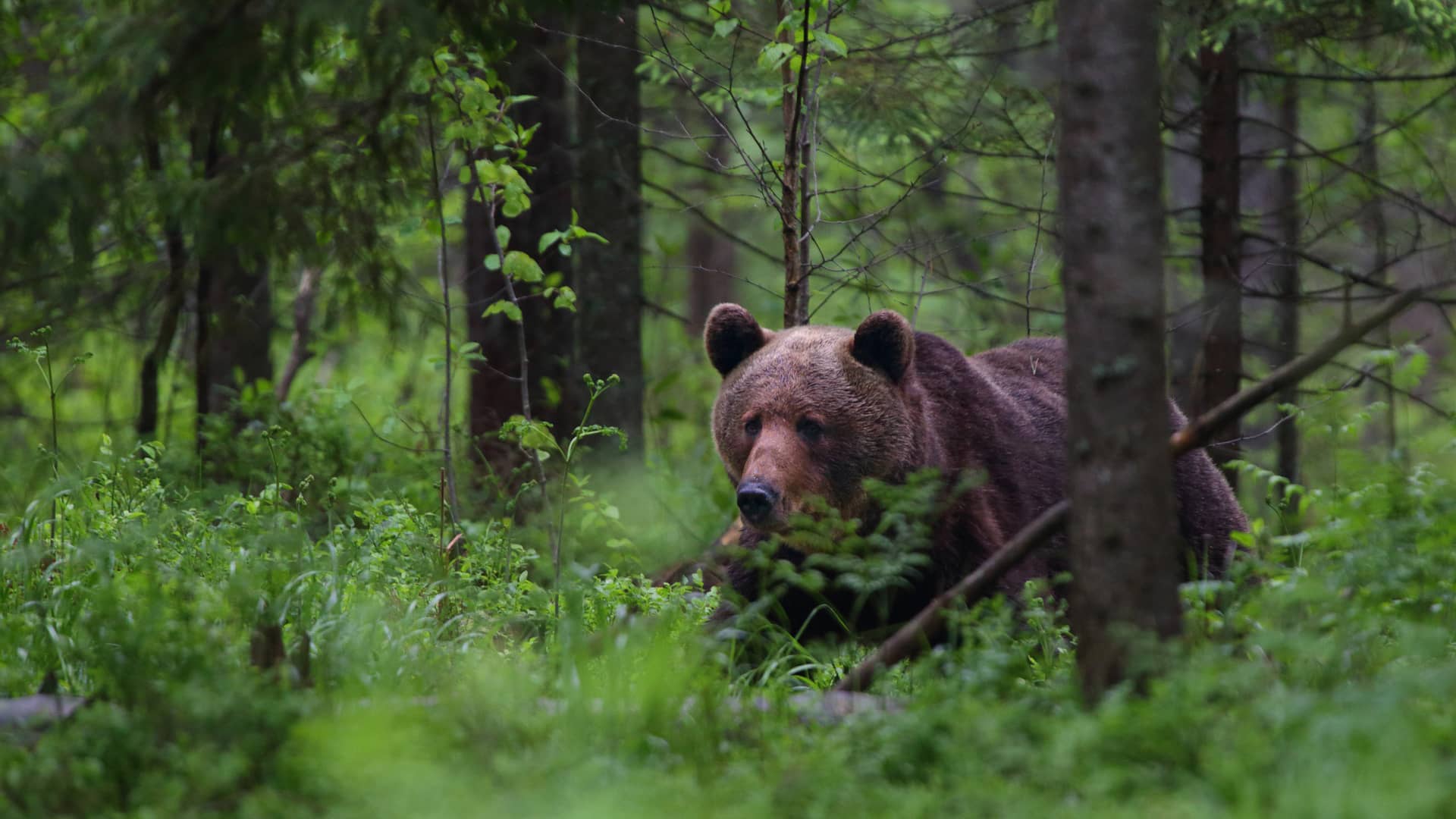
Try to spot and photograph the king of the taiga from a bear hide in tha forest of the Alataguse National Park.
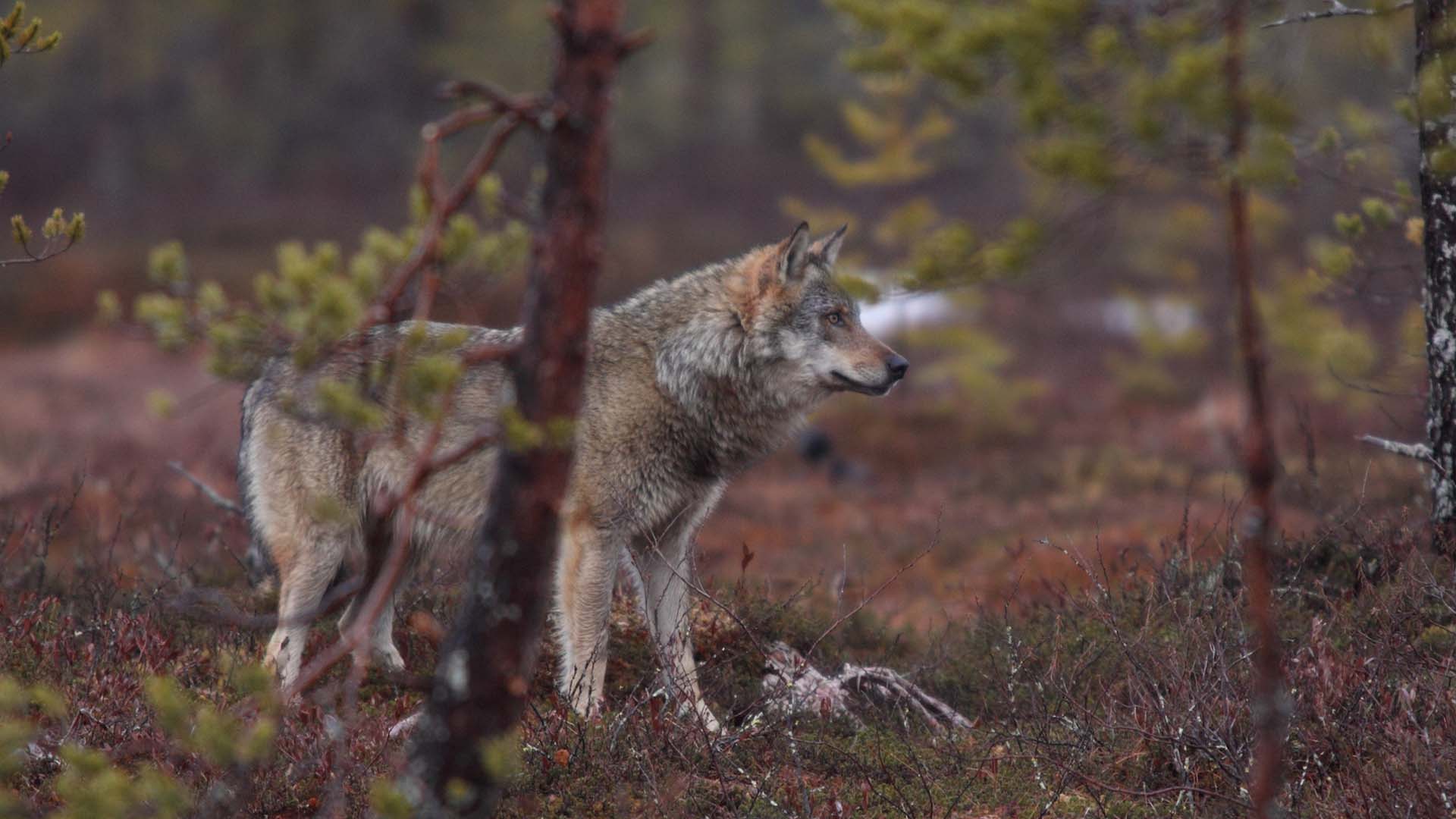
Listen to the howling of the wolves, that you might also spot with some luck.
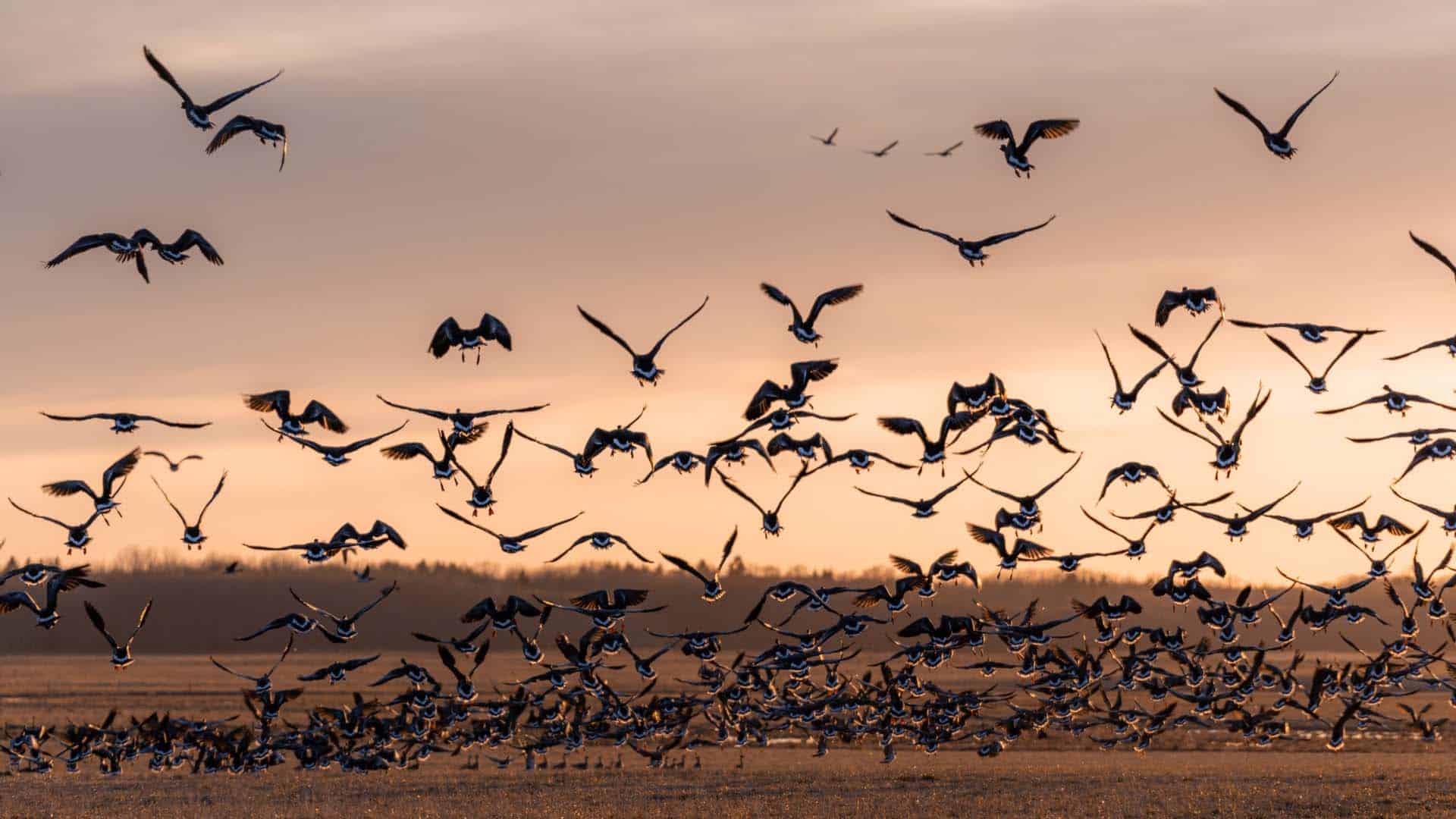
Admire the prolific birdlife of Estonia.
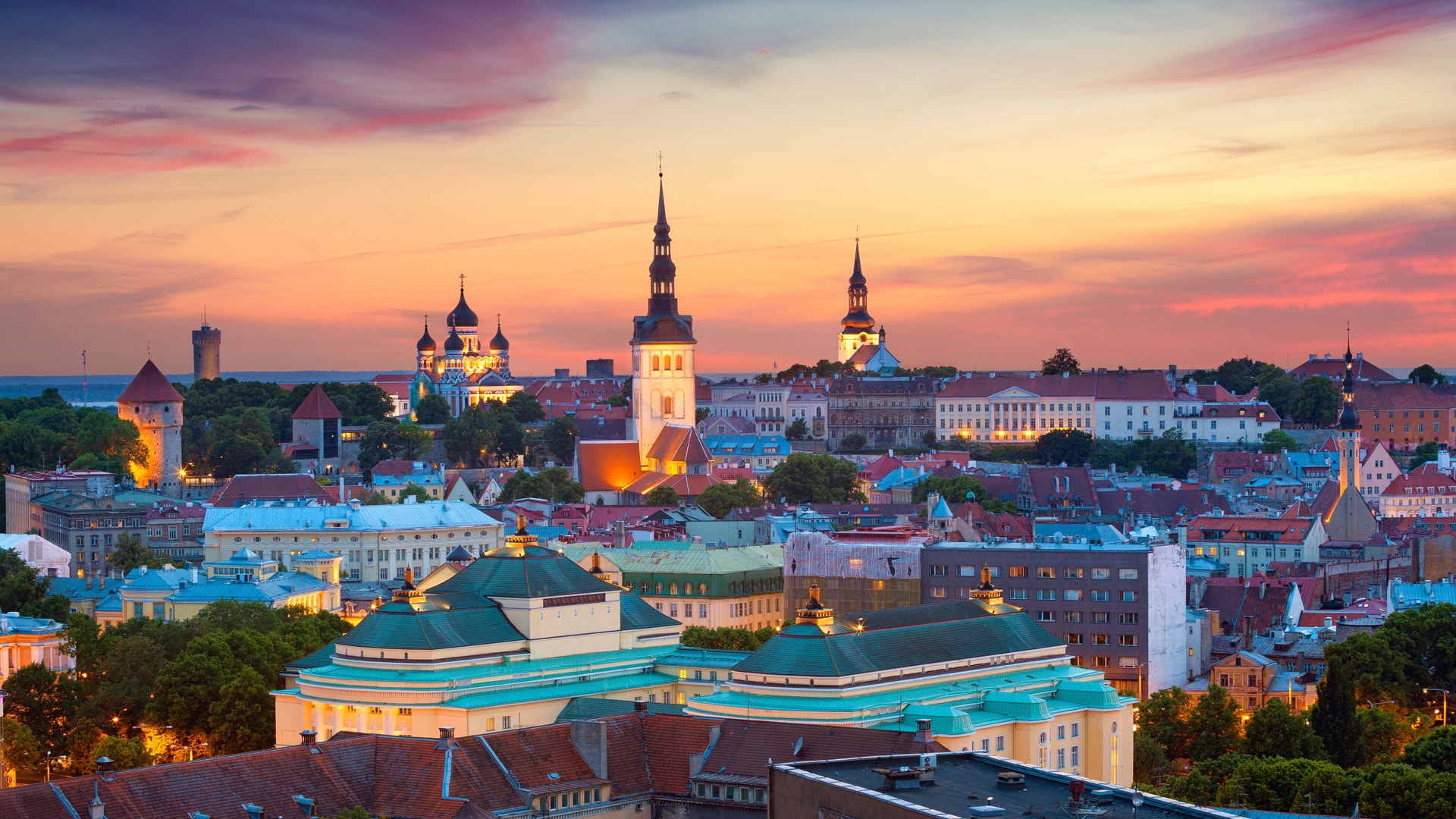
Start or end your trip to Estonia with a 2-3 day stay in thea beautiful medioeval capital city of Tallinn.
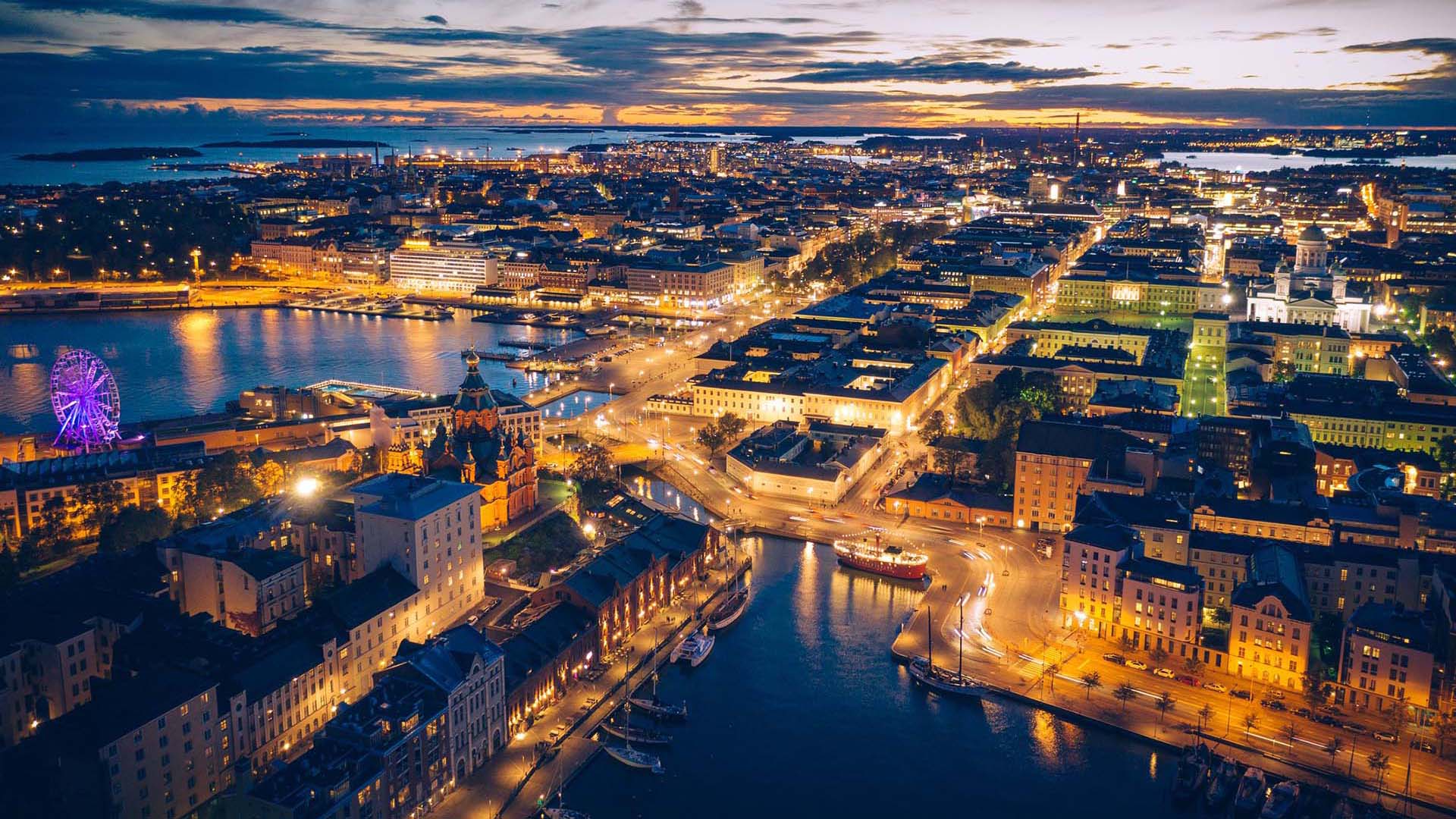
Visit Helsinki on a day trip with a convenient 2-hour ferry crossing from Tallinn.
How to get to the starting point and back.
In Estonia coming of actual Autumn is almost simultaneous to calendar change of seasons. Weather is still warm but nature bursts with crimson, gold, brown and orange. October days are wrapped up in veil of occasional milky fogs and partly cloudy. With count of October’s days, frequency of drizzling rains grows, while average temperature drops. Generally speaking expect some rain and cool nights, as a result dress accordingly.
The rating is intended to indicate the probability of sighting the animal in question, rather than its quantity or density in the areas covered by the itinerary.
Despite the presence of highly experienced guides with extensive knowledge of the area, sightings in the wild cannot be guaranteed, especially for more elusive animals such as lynx and wolves. However, the chances of success are quite high, perhaps the highest in the whole of Europe.
Looking for the lynx
The group will be picked up from Tallinn Airport and our tour starts with a drive to Lahemaa NP which is the oldest and largest national park in the whole country. Its very mosaic landscape and low population density are very suitable for the lynx and it’s known as one of the best areas to spot them. In autumn, when the trees have started dropping their leaves and the temperatures have dropped, the lynx starts moving around again more actively and is more visible than during most other times of the year. Night in Lahemaa NP
Breakfast, dinner
Visit Oandu old-growth forest, where we had great chances of spotting the elusive Three-Toed Woodpecker, Hazel Grouse, and Black Woodpecker. We will also go for walks in the old manor parks, where we might see the Middle-Spotted Woodpecker, Grey-Headed Woodpecker, and White-Backed Woodpecker. It’s also a good time for spotting Nutcrackers. We will also spend some time on the coast, as it’s a good time for observing the autumn migration. In the evening, we will again concentrate on finding the lynx. Nights in Lahemaa NP.
Breakfast, lunch & dinner
Today we will leave Lahemaa and drive to the Alutaguse area, where we first look for tracks and activity traces of Brown Bears. In the afternoon we’ll enter the Brown Bear hide with the high hopes of spotting one of Europe’s most impressive mammals. From the hide, we have chances of spotting other mammals, such as Raccoon Dogs, Red Fox, Red Squirrel, Roe Deer, Wild Boar, and Elk. The hide is equipped with bunk beds, sleeping bags, pillows, and speakers that transmit the live soundscape of an autumn forest, captured by a high-end microphone next to the hide. From the hide, there’s also the chance to hear wolves howling. Night in the Brown Bear hide.
Bear hide
Breakfast, lunch & dinner
Day 6
After leaving the hide, we will make a drive in the surrounding area. There we have good chances of spotting Capercaillie and Black Grouse. After breakfast in the closest town, we will start driving to the western part of Estonia. On the first possible windless evening, we will go and look for wolves. A windless evening is important as then we are hopefully able to hear them howl and thus have greater chances of spotting them later on. The area is good not only for wolves but also for lynx. So in case, the wind conditions aren’t as favorable, we will concentrate on scanning the forests and meadows for lynx, wolves, and other mammals of the area.
Day 7
Depending on the success of the previous day, we will either look for the wolves or lynxes. The Matsalu area is also known as being one of the best locations for spotting Golden Jackals and Elk. For lynx, the area is also close to perfect with its varying land use and a big number of Roe Deers.
Nights in the Matsalu National Park.
Wilderness hut
Breakfast, lunch & dinner
Unfortunately today we will depart back to Tallinn. Although, we still have some time in the morning for the last lookout.
Check‑out
Breakfast
If you still have time, consider extending your stay in the beautiful medioeval city of Tallinn.